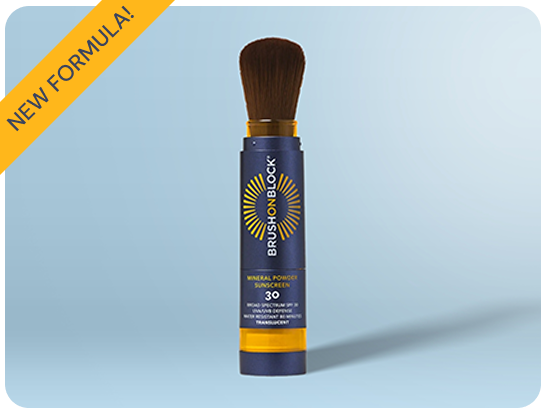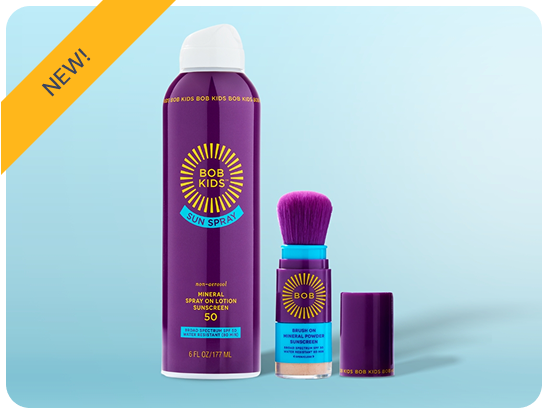If you have young children you are probably concerned about keeping their skin protected from the sun. After all, studies have shown that sunburns in childhood dramatically increase the odds of developing skin cancer as an adult. So you nag and slather, spray and poof, and pop hats on heads until you'd think it would become second-nature. But does it?
Your child heads off to elementary school, where recess, after school practices, field days and field trips become part of the fabric of life. Because sunscreen is considered an over-the-counter drug in the US, until fairly recently, children could not take their own sunscreen to school and apply it themselves. In some states, even a teacher couldn't apply sunscreen to your child--in order to get a mid-day dose of sun protection, a child needed to bring sunscreen to the office with a doctor's note, and have it applied by a school nurse or the administrator filling that role.
Thankfully, many states now have laws that allow children to carry and apply their own sunscreen. But as a parent, how do you know that they are doing an adequate job? The best way to be sure is to begin teaching them young, and give them guidelines to judge how well they have covered themselves.
The first thing that children (and many adults) need to learn is that sunburns can still occur with sunscreen, and that it happens for one of three reasons:
•Not applying enough - studies have repeatedly shown that people do not apply enough sunscreen. Make sure you kids understand the amount it takes to get their faces and bodies well covered. Have them apply in front of a mirror, then check their work. If you'd apply more, have them look at how their skin looks when you are finished. They can always apply sunscreen in a school bathroom with a mirror, or may have a mirror available in their classroom.
•Missed spots or uneven application - before you begin, have your child look in the mirror and tell you all the places they need to apply. They should look for exposed skin, from the tops of heads to the holes in sandals, and be sure to apply in all those areas. Sun Safety for Kids, a non-profit organization based in California tells kids to “Put on a lot. And don’t miss a spot!”
•Failure to reapply - even many adults don't realize that sunscreen needs to be reapplied every 2 hours when you are out in the sun. This is because the chemical active ingredients in sunscreens (oxybenzone, avobenzone, homosalate, and more) actually deteriorate with sun exposure. Even mineral sunscreen actives Titanium Dioxide and Zinc Oxide can become less effective over time due to sweating and wiping away of product. Even if you still have some protection remaining, it never hurts to reapply.
If you or your child do get a sunburn while wearing a sunscreen, it probably means you have unknowingly committed one of the above errors. Sunscreen is tested to be at least the protection factor listed on the container, but it is tested by people who understand how to apply sunscreen. Your actual protection (and that of your child) relies on proper usage. Find a sunscreen your child can manage and doesn't hate to apply, and teach them how to get the coverage they need.





